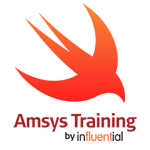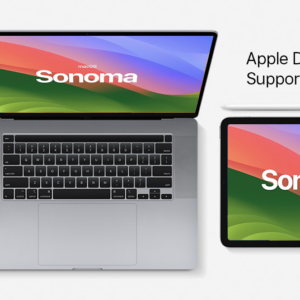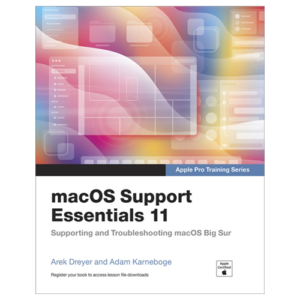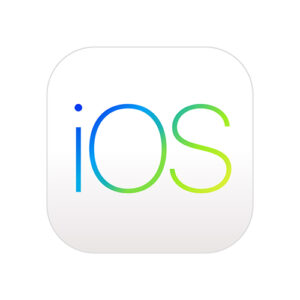Description
[section]
Choose Your Time and Location
Online Training
Take this course in a trainer-led online format at 9am-5pm in six time zones: UTC, UTC +1, UTC +3, UTC +4, UTC +12, and UTC -4.
[/section]

The Introduction to Swift 4.2 course provides hands-on training in the basics of Swift programming. Trainees will practice using the syntax, logic, structures, functions, and patterns of Swift in practical coding exercises. The course is organised in small chapters that cover each topic in detail, and we make sure you get plenty of hands-on experience in each before moving on. You’ll be learning from professional developers with experience of a wide variety of platforms, including iOS, macOS, and Android.
Course Outline
Introduction to Swift and Playgrounds Learn about the origin of Swift and some of its basic syntax.
Constants, Variables, and Data Types Learn how to define constants for values that don’t change and variables for values that do. Learn the data types that are included in Swift and how they can help you write better code.
Operators Learn about some of the operators in the Swift language, including basic math operators.
Control Flow Learn how to use logical operators in Swift to check conditions; learn how to use control flow statements.
Strings Learn how to create and store text using the string type. You’ll learn a variety of string methods that allow you to compare two strings, access specific characters within a string, and insert and remove values.
Functions Learn how to declare functions with different parameters and return types.
Structures Learn how to create structures in Swift.
Classes Learn what makes classes different from structures and when to use classes instead of structures. Also learn about inheritance, superclasses, and subclasses.
Optionals Learn to use “optionals” to properly handle situations when data may or may not exist.
Collections Learn about the various collection types available in Swift and how to choose the appropriate one for your program.
Loops Learn how to create loops in Swift, control the conditions for looping, and specify when to stop.
Type Casting Learn why some data can be expressed using only a broader type, and how you can test for specific kinds of data before using it.
Guard Learn to use guard statements to better manage control flow.
Scope Learn to write nicely structured code that’s easy to read. You’ll do this by properly scoping your constants and variables.
Enumerations Learn when enumerations are commonly used, how to define an enumeration, and how to work with enumerations using switch statements.
Protocols Learn what protocols are, when to use them, and how to write your own. Learn how to enable objects to communicate with each other and how to extend protocols to provide shared functionality across multiple types.
Closures Learn about closures, how to define them, how to use them as function arguments, and how to use some of the common functions that take closures as arguments.
Extensions Learn how to define an extension, as well as how and why to use extensions.
Who Should Take Introduction to Swift 4.2?
- Anyone who wants to develop iOS or OS X desktop apps using Swift 4.2
- Programmers from other languages, with no experience of Swift
- People with an understanding of basic computer programming concepts
Not ready to book? More information
Learning Goals
In this introduction to Swift programming you will learn to:
- Learn how to use Xcode Playgrounds to write Swift code
- Learn common programming patterns used in Swift
- Learn keywords and vocabulary used by the Swift language
Recommended Knowledge
Though there are no specific prerequisites, the course assumes that you know the basic concepts of computer programming such as variables, strings, logic, and classes. If you’re in any doubt about your suitability, please call our training pros on 0203 507 1728. We’ll be pleased to discuss your training needs in more detail.
[gap height=”50″]
[gap height=”50″]



